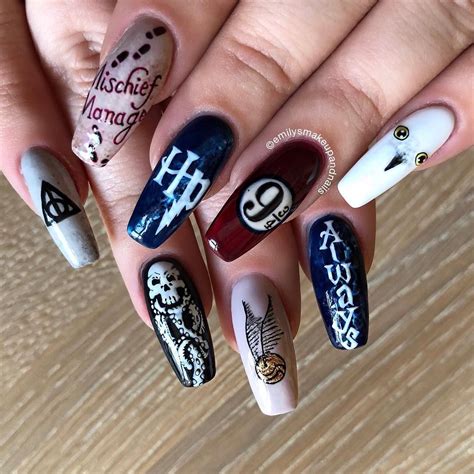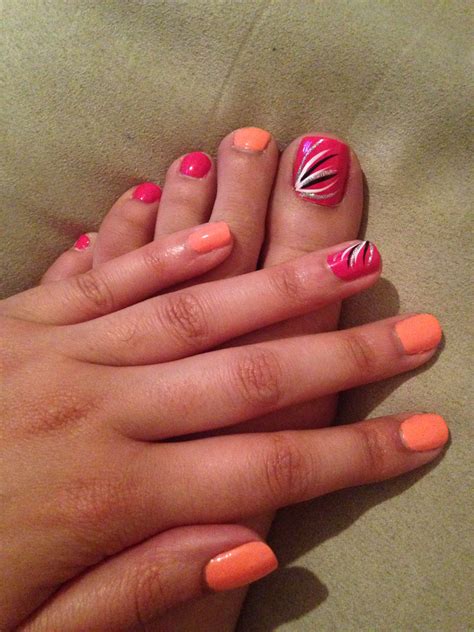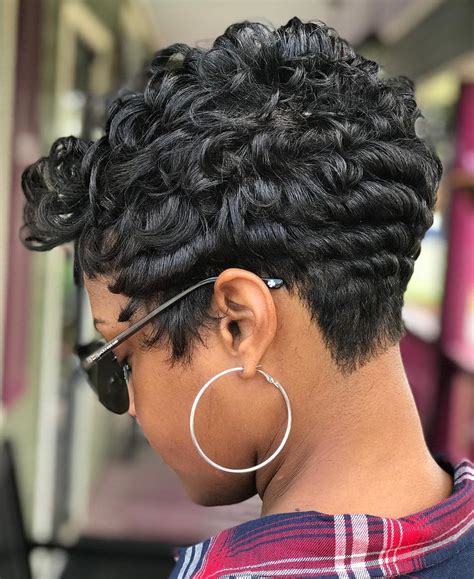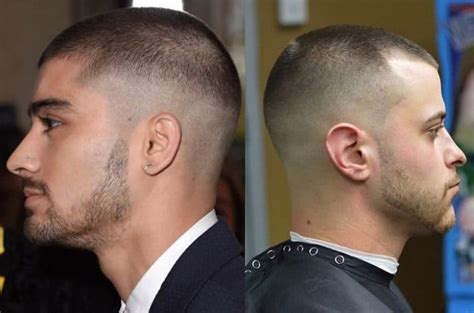Learn about hangnail formation, causes and symptoms of ingrown nails, treatment options, prevention tips, and when to seek medical attention for nail issues.
Understanding Hangnails and How They Form
Contents
Hangnails are small, triangular-shaped pieces of torn skin that appear at the edge of the fingernail. They can be quite painful and can make simple tasks like typing or picking up small objects uncomfortable. Hangnails typically occur when the skin around the nail bed becomes dry and brittle, leading to tiny tears in the skin. This can be exacerbated by frequent hand washing, exposure to harsh chemicals, or using nails to perform tasks such as opening a can or scratching a sticker.
One of the key causes of hangnails is improper nail care. Failing to moisturize the cuticles and surrounding skin can lead to dryness and cracking, which in turn increases the risk of developing hangnails. Trimming the cuticles too aggressively can also result in hangnails, as it exposes the delicate skin underneath to damage and tearing.
As for how hangnails form, it starts with a minor tear in the skin near the edge of the nail. This tear can be caused by a variety of factors, including biting or picking at the skin, using nails to perform tasks, or simply from exposure to the elements. Once the tear forms, it can easily catch on clothing or objects, leading to further tearing and eventually resulting in a painful hangnail.
To prevent hangnails, it’s important to keep the cuticles and surrounding skin moisturized. This can be achieved with regular application of hand lotion or cuticle oil. Additionally, avoiding the use of nails to perform tasks that could cause damage to the skin can help reduce the risk of developing hangnails.
The Causes and Symptoms of Ingrown Nails
Ingrown nails occur when the side or corner of a nail grows into the soft flesh surrounding it, causing pain, redness, and swelling. One of the main causes of ingrown nails is improper nail trimming. If nails are trimmed too short or if they are rounded instead of cut straight across, the skin next to the nail can become irritated and grow over the nail, leading to ingrown nails.
Another common cause of ingrown nails is wearing shoes that are too tight. Pressure on the toes from ill-fitting footwear can force the nail to grow into the surrounding skin. Additionally, injury to the nail, such as stubbing the toe, can cause it to grow irregularly and result in an ingrown nail.
The symptoms of ingrown nails include pain, redness, and swelling around the affected nail. Depending on the severity of the ingrown nail, there may also be pus or drainage present. The area may feel warm to the touch, and in some cases, ingrown nails can cause a noticeable odor.
It’s important to seek medical attention if you have diabetes or poor circulation and develop an ingrown nail, as it can lead to complications. Additionally, if an ingrown nail becomes infected, it may require treatment by a healthcare professional to prevent the infection from spreading.
Treatment Options for Hangnails
Hangnails, or ‘aggressive’ papules of skin around the nails, can be painful and annoying. Fortunately, there are several treatment options to help alleviate the discomfort. One common method is to carefully trim off the hangnail using clean nail scissors or clippers. It’s important to be gentle and avoid cutting too close to the healthy skin, as this can lead to further irritation and potential infection.
Another treatment option for hangnails involves softening the skin around the nails with a moisturizing lotion or oil. This can help to reduce the dryness and inflammation that often contribute to the formation of hangnails. Regularly applying a rich hand cream or cuticle oil can also help to prevent future hangnail development.
If the hangnail becomes red, swollen, or infected, it’s important to seek medical attention. A healthcare professional may recommend an antibiotic ointment or oral medication to help clear up the infection. In severe cases, they may need to drain pus from the affected area and provide additional treatment to promote healing.
For individuals who experience chronic hangnails, adopting a comprehensive nail care routine may be essential to preventing future occurrences. This can include regular moisturizing, wearing gloves during cleaning or other tasks that involve exposure to water and harsh chemicals, and avoiding excessive nail biting or picking.
In some cases, persistent hangnails may be a sign of an underlying skin condition or nutritional deficiency. If hangnails continue to be a problem despite diligent care, it may be helpful to seek advice from a dermatologist or healthcare provider to explore additional treatment options.
Preventing Ingrown Nails with Proper Nail Care
Ingrown nails can be a painful and frustrating issue, but the good news is that there are steps you can take to prevent them from occurring. Proper nail care is essential in reducing the risk of developing ingrown nails. One important tip for preventing ingrown nails is to trim your nails straight across, rather than in a curved shape. This helps to prevent the edges of the nails from growing into the surrounding skin.
Another key aspect of proper nail care is to keep your toenails at a moderate length. Nails that are too long are more likely to become ingrown, as they can easily get caught on socks or shoes, leading to improper growth. Additionally, it’s important to wear well-fitting shoes that provide plenty of room for your toes, as tight footwear can put pressure on the nails and contribute to ingrown nails.
Maintaining good hygiene also plays a role in preventing ingrown nails. Regularly cleaning your feet and nails, and keeping them dry, can help to reduce the risk of infection and inflammation that can lead to ingrown nails. When trimming your nails, be sure to use clean, sharp clippers, and avoid cutting them too short, as this can increase the likelihood of ingrown nails.
It’s also important to be cautious when engaging in activities that could potentially cause nail trauma, such as playing sports or doing manual labor. Taking steps to protect your nails during these activities, such as wearing protective gloves or shoes, can help to prevent injury and reduce the risk of developing ingrown nails.
When to Seek Medical Attention for Nail Issues
Our nails are often seen as just something to be manicured and painted, but they can actually be a good indicator of our overall health. Minor nail issues, like hangnails and ingrown nails, can usually be managed at home with proper care. However, there are instances when seeking medical attention is necessary. Here’s a guide on when to know it’s time to see a professional for your nail problems.
One of the most obvious signs that you need medical attention for a nail issue is if the problem is causing severe pain or discomfort. This could mean an ingrown nail has become infected, or that a hangnail has developed into a more serious issue. If you notice any signs of infection, such as redness, swelling, or pus, it’s best to consult a doctor immediately.
If the nail problem is recurring or persistent, it’s also a good idea to seek medical advice. Chronic hangnails or ingrown nails may be a sign of an underlying condition that needs to be addressed by a professional. Additionally, if you have a weakened immune system or diabetes, it’s important to take all nail issues seriously and consult a healthcare provider as soon as possible.
Furthermore, if you have tried home remedies and over-the-counter treatments for your nail problem but have not seen any improvement, it’s time to schedule a visit to the doctor’s office. They will be able to assess the issue and provide appropriate medical intervention or treatment.
Remember, our nails can provide valuable insight into our health, so it’s crucial not to ignore any persistent or concerning nail issues. Seeking medical attention when necessary can prevent more serious complications and ensure that your nails and overall health are properly cared for.













